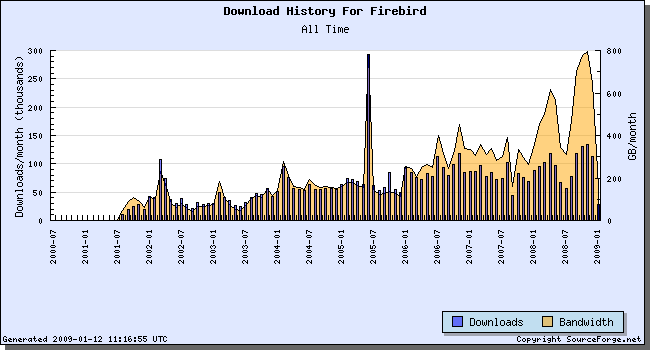QT framework v4.5 to be released under LGPL
Thomas wrote this on the firebird-general mailing list
pretty off-topic here, but IMHO even interesting for Firebird users,
because Firebird/InterBase can be accessed via the QT framework.
Formerly licensed under GPL and a commercial license for closed source
development, releasing QT under LGPL is a very “interesting” move from
Nokia.
Especially for QT-based embedded devices, Firebird might be an
interesting option for an embeddable database, if:
* there is a stable Firebird specific (not the current InterBase one,
even if it might work now) QT SQL driver/module implementation available
* Firebird is cross-compilable for ARM, … (something which has been
discussed on firebird-devel from time to time. AFAIK, there is a private
ARM port of Firebird somewhere)
Ah well, just letting you know … 😉



